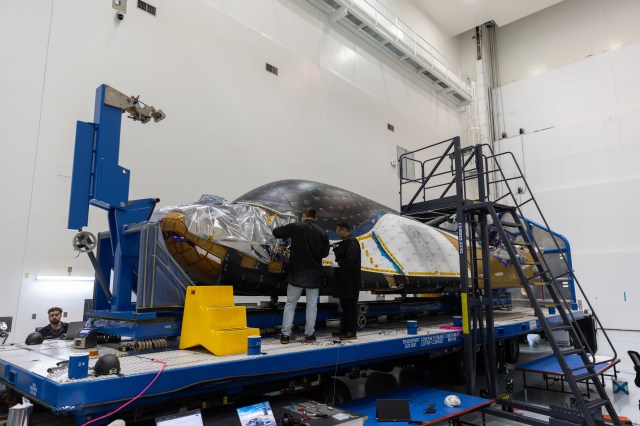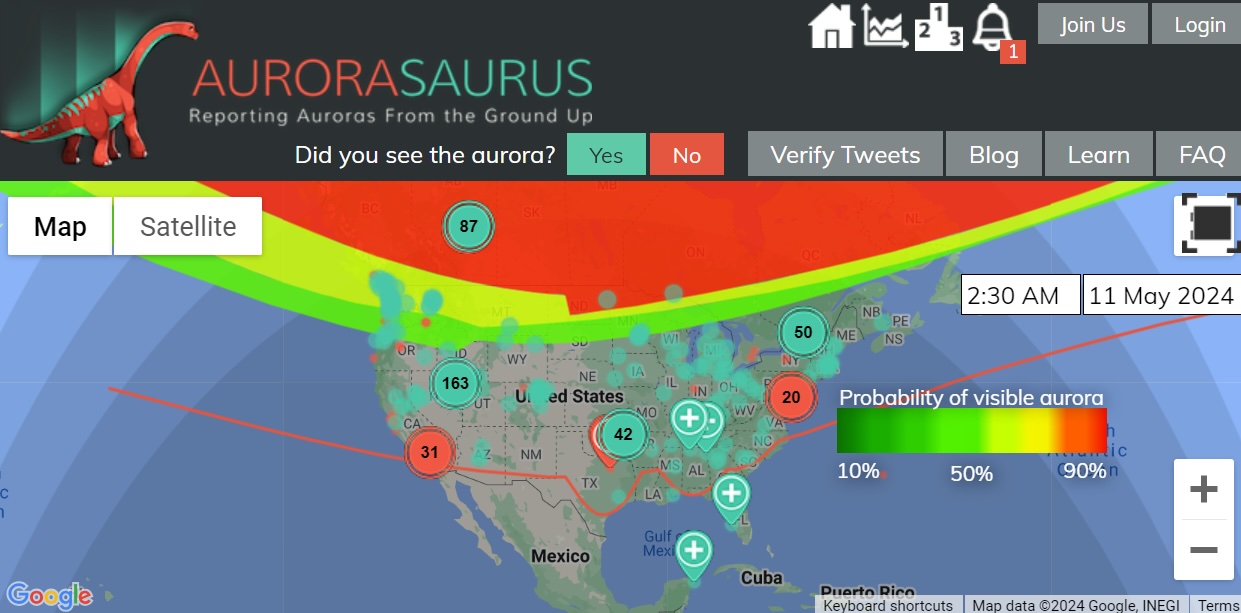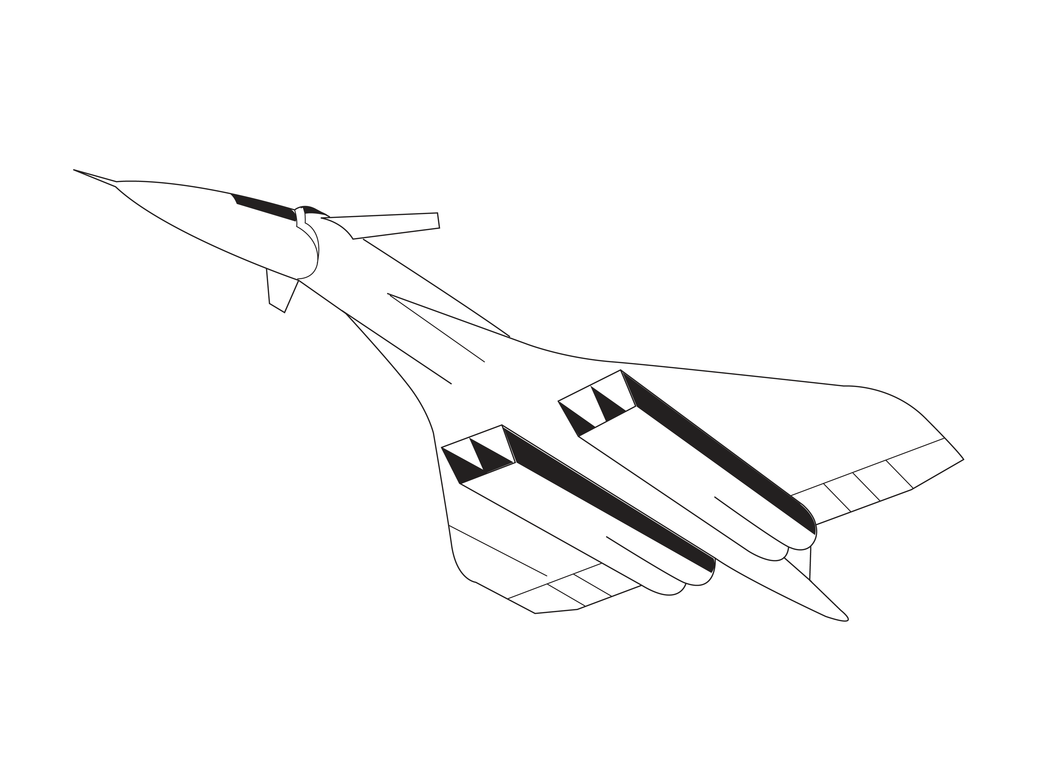EG-0080-02
The National Aeronautics and Space Administration (NASA) teamed with American and Russian aerospace industries over a five-year period in a joint international research program to develop technologies for a proposed future second-generation supersonic airliner to be developed in the 21st century. The centerpiece of the project was the Tu-144LL, a former first-generation Russian supersonic jetliner that was modified by its developer, Tupolev ANTK, into a flying laboratory for supersonic research.
Using the Tu-144LL to conduct flight experiments allowed researchers to compare full-scale supersonic aircraft flight data with results from models in wind tunnels, computer-aided techniques and other flight tests. The flight experiments provided unique aerodynamic, structures, acoustics and operating environment data on supersonic passenger aircraft.
Six flight and two ground experiments were conducted during the program’s first flight phase, which began in June 1996 and concluded in February 1998 after 19 research flights. A shorter follow-on program involving about seven flights began in September 1998 and concluded in April 1999. All flights were conducted in Russia from Tupolev’s facility at the Zhukovsky Air Development Center near Moscow…Learn more































